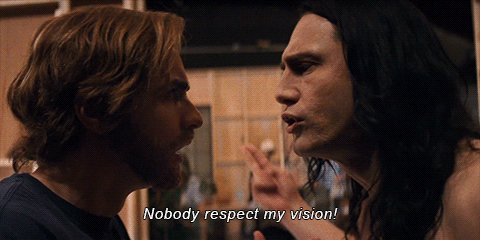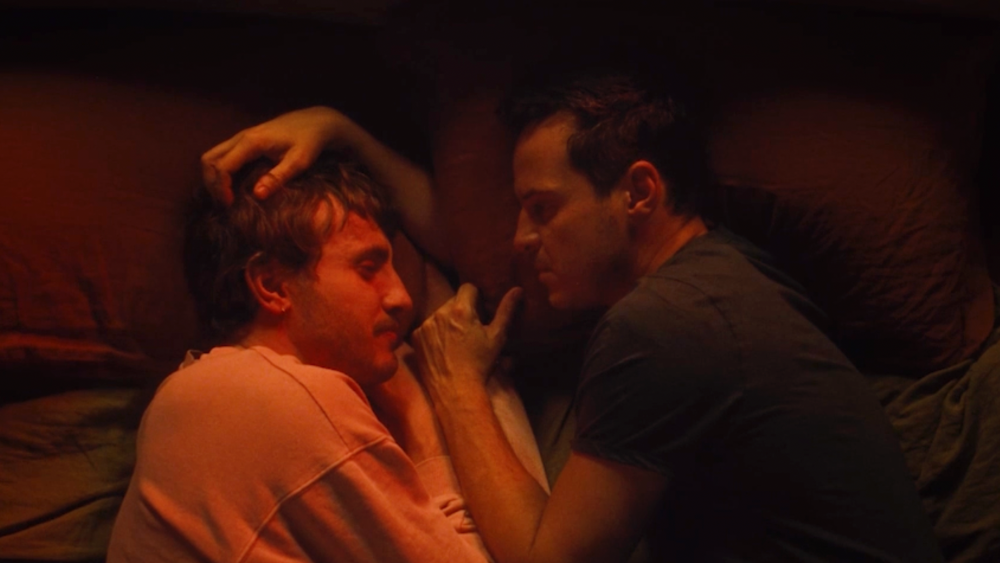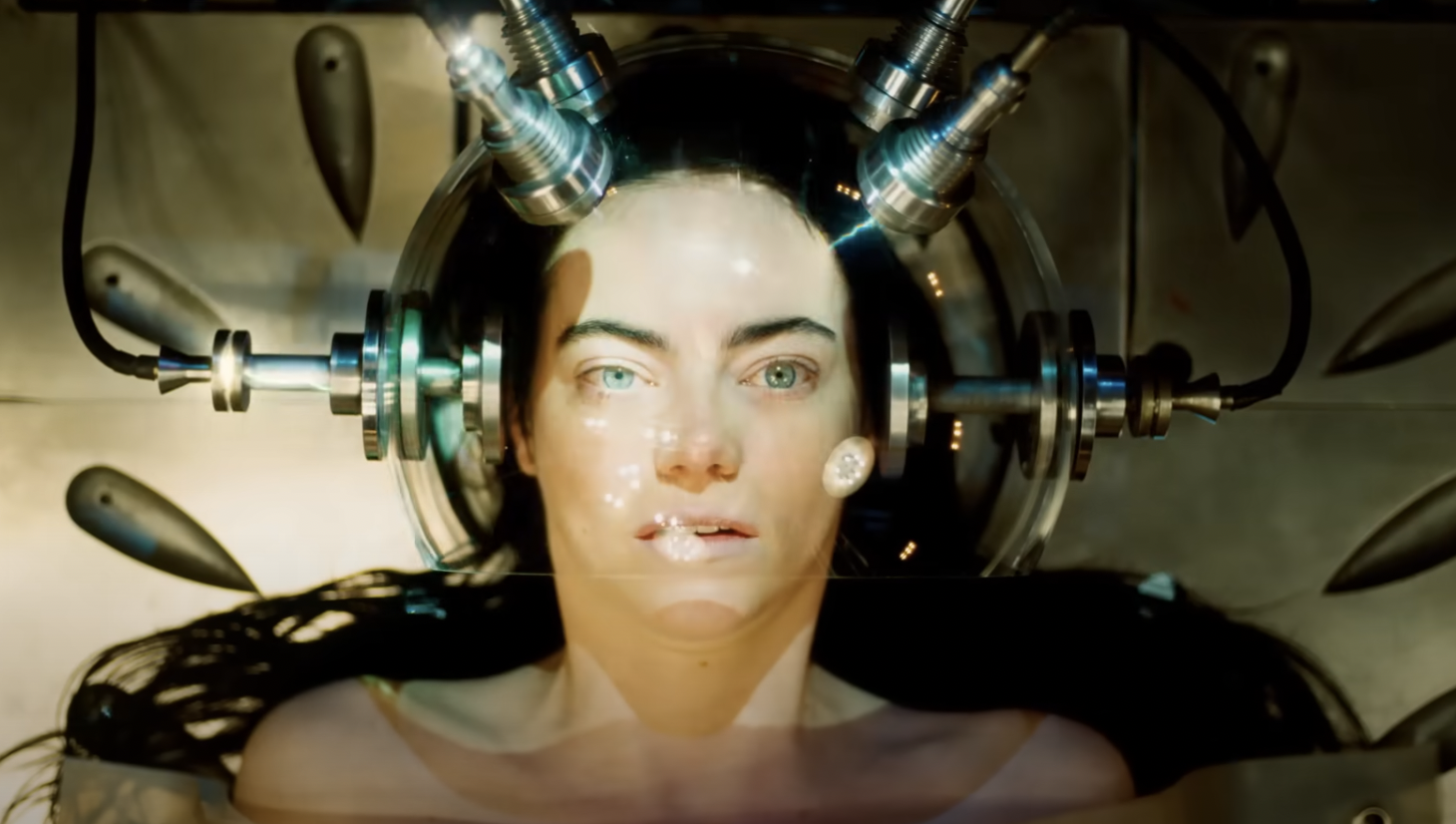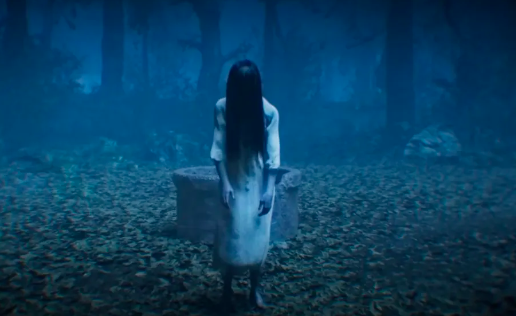Books & Culture
Why We Love Bad Art
Terrible works like ‘The Room’ achieve greatness by pairing artistic failure with unwavering passion

A t a party a few weeks ago I was talking to a friend about The Boy Next Door (2015), a thriller starring Jennifer Lopez he’d never heard of, and which is easily the worst movie I have paid to see in the past five years (someone else paid for my ticket to mother!). “It’s awful,” I gushed. “I love it so much.”
The Boy Next Door is awful, and I do love it, but it’s at best in the minor arcana of bad movies. “So bad that it’s good” can be a slippery descriptor; a lot of terrible movies are so bad they are simply bad, or so bad they’re not worth seeing. The rough canon of the qualifying genre spans the history of filmmaking, from Reefer Madness (1930) to Showgirls (1995), and although the criteria for inclusion are difficult to pin down, the basic tenet is that you know it when you watch it.

Detractors of the so-bad-it’s-good genre may see the celebration of cinematic failure as mean-spirited, an ironic pose that makes filmmakers the butt of a snobby cultural joke. That bad-movie fandom is typically a cinephile’s game only adds to the gloss of its perceived snobbish nastiness. While it may be true that the badness of a bad movie is heightened when one has a grasp on the goodness of a good movie — how an establishing shot works, for instance, or the basic concept of narrative — it seems like a lot of energy to spend, flocking to a sold-out midnight screening just to be mean about a film.
History is littered with failures of cinema, some of them failing in ways that make them appreciably bad — a kind of pop-cultural upcycling.
My earliest exposure to bad movies was through my parents’ love for Mystery Science Theater 3000 — or MST3K, as it’s known — a late-night TV show consisting of an actual B-movie screened while a visible first-row peanut gallery gives wisecracking commentary throughout. VHS recordings of MST3K stood next to tapes of Apocalypse Now and the original Star Wars trilogy in a micro-democracy of taste. Watching MST3K as a young person I knew the movies weren’t intentionally made to be bad, and that their real, accidental badness was what made them funny to watch, but I was still mystified by their existence outside the context of MST3K. Where did bad movies come from?
Economics of the early film industry aside, history is littered with failures of cinema, some of them failing in ways that make them appreciably bad — a kind of pop-cultural upcycling. But when so much has been achieved in the medium of film, what’s the enduring appeal of seeing the form poorly applied? Why do people who love good movies so often also love bad movies? And what makes a bad movie like Manos: The Hands of Fate (1966) different from other bad movies, like Paul Blart: Mall Cop 2 (2015)?

Tommy Wiseau’s infamous shitshow The Room (2003) is among the greatest of the so-bad-it’s-good movies, and for all the hype surrounding it, it truly is as bad as everyone says — and exactly as enjoyable. It was shot in both 35mm and high-definition, non-standard to say the least, and although things happen, the film has little in the way of a discernible plot. Atrociously written and woodenly acted, it is also a goddamn laugh riot.
In the film, Johnny (played by Wiseau, who also wrote, produced, and directed) asks his girlfriend Lisa (Juliette Danielle) to marry him, but she’s having an affair with Johnny’s best friend Mark (Greg Sestero). A critical reading might take Wiseau’s characterizations at face value, with him playing the kind and faultless hero, and Lisa and Mark representing the forces of romantic love and success who conspire against him, despite his evident goodness. It’s not clear that Wiseau consciously commands even this level of symbolism, but it ultimately isn’t important. The Room is a cinematic failure that its creator believed would be a cinematic triumph, and this total conviction — combined with the ham-fistedness of its filmmaking — makes it a modern camp masterpiece.
‘The Room’ is a cinematic failure that its creator believed would be a cinematic triumph, and this total conviction makes it a modern camp masterpiece.
Not all failure is equal, and the nature of artistic failure depends on the nature of the attempt. This is the framework Susan Sontag outlines in her 1964 essay “Notes on Camp,” to describe objects that can be enjoyed for their awfulness:
In naive, or pure, Camp, the essential element is a seriousness, a seriousness that fails. … When something is just bad (rather than Camp), it’s often because it is too mediocre in its ambition. The artist hasn’t attempted to do anything really outlandish.
The Room is an awful movie, but it’s trying to be a great film, and this generates its basic charm. By extension, Wiseau is an awful filmmaker trying to be a great one, and his blindness to his own deficiencies is what allows him to be canonized in the so-bad-it’s-good tradition. Whether due to narcissism or a lack of taste, or both, pure Camp cannot fathom its own shortcomings.

James Franco’s The Disaster Artist (2017) dramatizes the development of The Room, based on the book of the same title by Wiseau’s friend and costar Sestero. The film plays like a dramatized making-of, going so far as to reshoot many of the original’s most infamous scenes. Franco’s portrayal of the director evolves from convincing to uncanny over the course of the film. (A tag after the credits features Wiseau himself in a frame beside Franco-as-Wiseau, and for a moment the two are legitimately difficult to distinguish.) For the most part it’s a love letter to its antecedent, a generous portrait of a man possessed by the same thing that drives most people to create: the urge to make emotion visible, and to be beloved for the power of one’s art. This quality of burning desire is seen more easily in figures like Wiseau, whose passion far outpaces their abilities, and indeed is intensified by the width of that gap. The Room is a feat of blind self-assurance, made possible by a mysterious and seemingly endless cash flow. Laughing at Wiseau and his opus is certainly easy, but finding The Room hilarious doesn’t preclude lauding the earnestness of his effort. He is pure artistic id, unchecked by any self-regarding ego.
In terms of its driving intent, The Disaster Artist shares much with Ed Wood (1994), Tim Burton’s pseudo-biopic of the director Edward D. Wood (Johnny Depp). Ed Wood follows Wood’s efforts to make his two most famous films, Glen or Glenda (1953), about a transvestite, and Plan 9 from Outer Space (1959), about an alien invasion that leads to the creation of zombie vampires (or something). The latter gained cult status when it was described as the “worst film ever made” by brothers Harry and Michael Medved in their 1980 book of bad-film criticism, The Golden Turkey Awards. Ed Wood portrays its subject as a misunderstood visionary, if not quite a genius, rejected by his peers. Like Wiseau, Wood yearns to be a box-office success, to prove his worth in the court of public adoration.
‘Dark’ is a German ‘Stranger Things’ About Capitalism’s False Promise to Women in Power
Plan 9 is, of course, a terrible movie, but Ed Wood forgives its questionable quality for the passion at work behind it. Wood’s total devotion to making film — in spite of awful reviews, laughter, and massive losses of cash — shows an iron artistic passion that’s rarely so visible in more successful (and talented) artists, buoyed in their careers by consistent acclaim. Wood and Wiseau, toiling at the base of the mountain, commit to the same hard artistic work that success demands, but they never get there.
There is a baffling literalism to Wiseau’s search for fame. Wood and Wiseau are, ultimately, celebrities, if not in the way they’d like. But theirs is not a cynical or self-serving quest for their fifteen minutes, and everything it would provide. Rather, both of them seek fame as a means to prove to others that what they do has artistic value.

The Disaster Artist portrays Wiseau’s approach to art-making as a color-by-numbers endeavor, evident in his belief that to become as famous as James Dean, one simply has to imitate James Dean, as if Hollywood stardom were a recipe for apple crisp. Wiseau wrote and financed his own James Dean movie, and cast himself as a James Dean hero. The Room‘s most famous line — “You’re tearing me apart, Lisa!” — is a clear pull from James Dean in Rebel Without a Cause (1955). Fine acting, Q.E.D.
Wood’s total devotion to making film — in spite of awful reviews, laughter, and massive losses of cash — shows an iron artistic passion that’s rarely so visible in more successful (and talented) artists.
From an artist’s perspective, the ultimate fear is that of making bad art which you have no idea is bad. It’s what causes so many truly talented people to downplay their own work, because it’s safer to assume that it must be terrible than to believe it’s good without really knowing. It’s also what keeps most critics in business, designating the great successes and the withering flops, on a scale of achievement that claims objectivity and leaves little room for joy, or for blind self-belief.
Cherishing failure qua failure is an antidote to cynicism in a grave and dispiriting age. A lover of bad art seeks joy; rather than dismissing out of hand something like Teenagers from Outer Space (1959) as unserious and poorly assembled, they, alongside the cast of MST3K, applaud the sheer scale of its badness as a feat in itself, as though it were simply a different flavor of filmmaking. In effect, the fandom of so-bad-it’s-good movies rejects the critical assumption that there are only certain valid responses to art.


The Museum of Bad Art takes the appreciation of bad movies to the logical art-world conclusion of physical collection and display. Founded in a basement in 1993, MoBA now occupies two gallery spaces: one “just outside the men’s room” in the basement of the Somerville Theater in Somerville, MA, and another in the offices of the Brookline Interactive Group in Brookline, MA. The MoBA’s permanent collection ranges from landscapes and still lifes to “noods” and “poor traits,” with a lot of earth-tone Fauvism and alarming perspective work across the board. But in its isolation from “great” art, the “bad” art of the MoBA has value on its own terms. Visual art is for looking at; what does form matter if the effect still evokes joy, pleasure, introspection? The enjoyment of art that fails to achieve what it means to — quality, broadly defined — transcends the good-bad critical framework as a measure of artistic merit. This leads to a kind of anarchy of taste, a rejection of the notion of quality as something that can be critically delineated.
This line of art nihilism is an ontological danger to the MoBA, dedicated stewards of “quality bad art,” but the curators admit that the common thread running through the collection is “a special quality that sets [the works] apart in one way or another from the merely incompetent.” Just as a special quality sets apart a Monet from any other French poppy field, not all bad art is created equal.
Just as a special quality sets apart a Monet from any other French poppy field, not all bad art is created equal.
Even among beloved bad movies there is variation. They can be grandly inept, baroquely ill-suited to their aims; either way, the pleasure of them is generated by the distance between their creators’ outsized hopes and their actual quality. The bad drawings of children might be oddly prescient or naively misshapen, but without a knowledge of the Mona Lisa — without grand ambition, and the stakes that come with it — their work can never achieve failure. It’s the aching wish for grandness, and the falling short of it, that makes for great terrible art.
Bad art cannot be made in bad faith; it is wholly, purely honest. In the burning heart of every wretched film is the wish to be a cinematic masterpiece, and often a degree of misplaced self-assuredness. The Emoji Movie (2017) made $217 million last summer, with Patrick Stewart as the voice of Poop. But The Emoji Movie cynically aspired to nothing more than massive box office returns, and it achieves nothing beyond that — not even failure.










